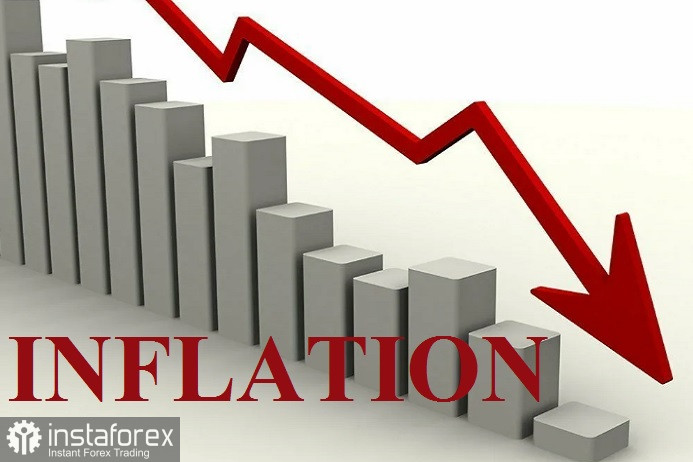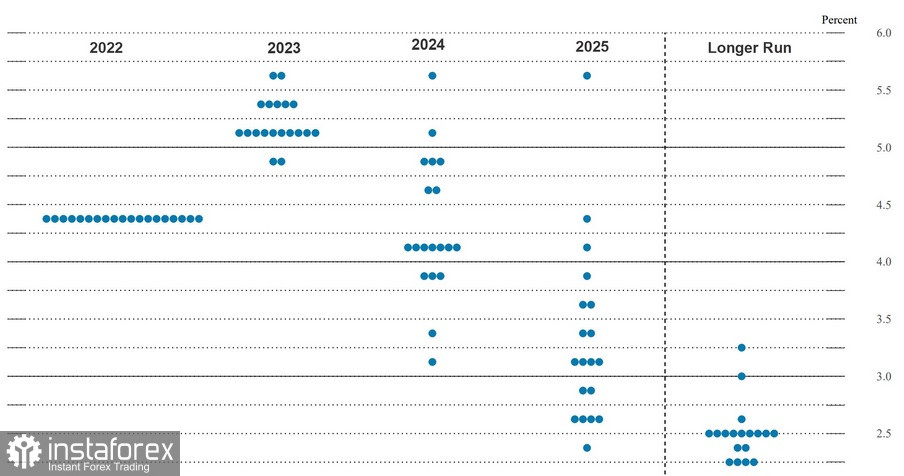
On August 25, 2022, participants from 34 countries gathered in Jackson Hole, Wyoming for the annual economic policy symposium hosted annually by the Federal Reserve Bank of Kansas City. For the last 45 years, this economic symposium has been attended by central bankers, politicy makers, academics and economists from around the world.
Chairman Jerome Powell delivered the keynote address in which he said, "At past Jackson Hole conferences, I have discussed broad topics such as the ever-changing structure of the economy and the challenges of conducting monetary policy under high uncertainty. Today, my remarks will be shorter, my focus narrower, and my message more direct."
"While higher interest rates, slower growth, and softer labor market conditions will bring down inflation, they will also bring some pain to households and businesses."
Powell said the same thing exactly one year earlier at the previous economics symposium at Jackson Hole. In fact, the Chairman repeated this message, emphasizing the Federal Reserve's determination to "do whatever it takes" to bring down inflation, which has reached a 40-year high.
Yet market participants continued to ignore his message, not believing in the Fed's resolve. They anticipated that the Federal Reserve would not deliver on its commitment to continue one of the most aggressive monetary policies in recent history. They also speculated that the Federal Reserve would reduce its aggressiveness in two ways; how high the Fed would raise benchmark interest rates and how long those interest rates would remain elevated.
In December, the Federal Reserve announced its economic forecasts in a version of the dot plot.

The chart showed that interest rates were still falling short of their 5.1% target. And in order to bring inflation down to its 2% target, the Fed will maintain that rate hike throughout 2023. It is clear that the Federal Reserve has expressed its intention that this will lead to painful consequences. Nevertheless, the Fed announced that it was going to get things done without destroying the economy.
Economists had forecast that U.S. employment growth would accelerate with the addition of approximately 180,000 new jobs in December, the actual figures showed that another 517,000 new jobs were added, far exceeding expectations.
The figures, released on Friday, confirmed that the Federal Reserve was right in its determination to fight inflation and that the U.S. economy is strong enough to withstand the Federal Reserve's rate hikes. As inflation in the U.S. slowly falls, this leads to a weakening of the U.S. dollar.
 English
English 
 Русский
Русский Bahasa Indonesia
Bahasa Indonesia Bahasa Malay
Bahasa Malay ไทย
ไทย Español
Español Deutsch
Deutsch Български
Български Français
Français Tiếng Việt
Tiếng Việt 中文
中文 বাংলা
বাংলা हिन्दी
हिन्दी Čeština
Čeština Українська
Українська Română
Română

